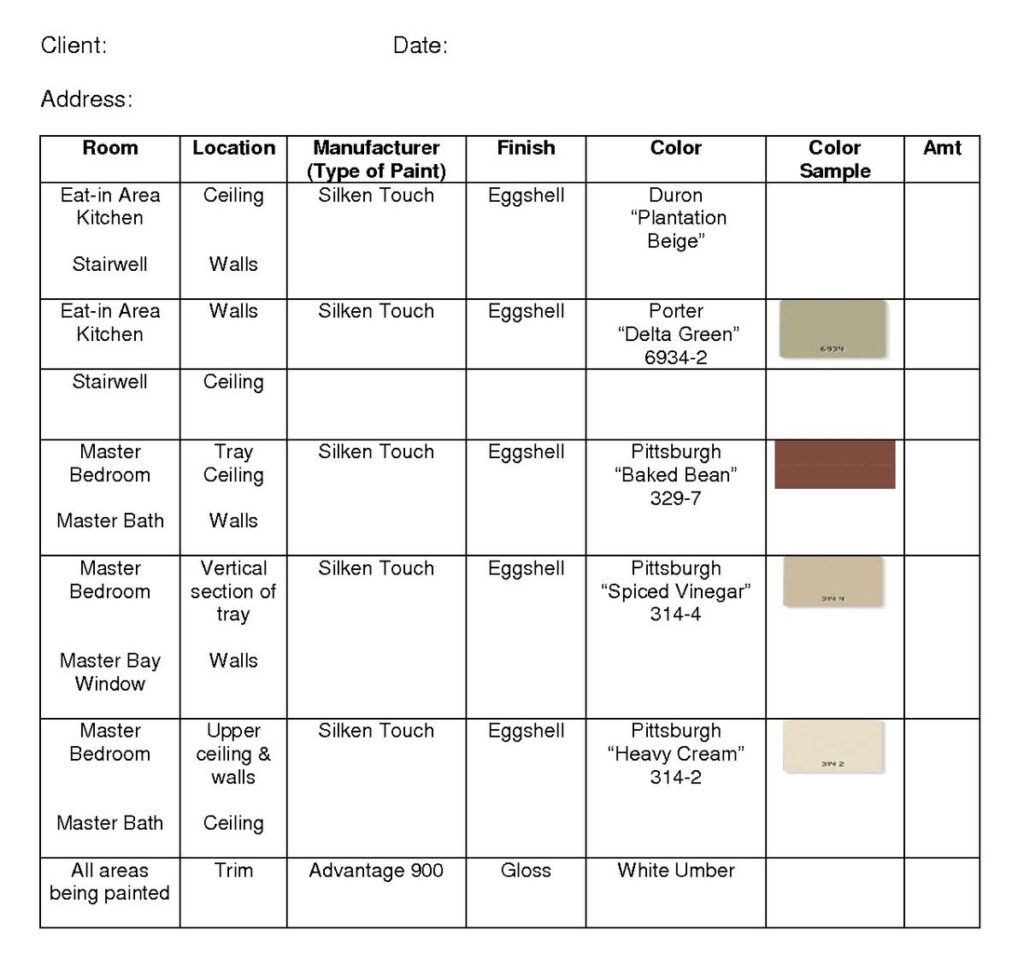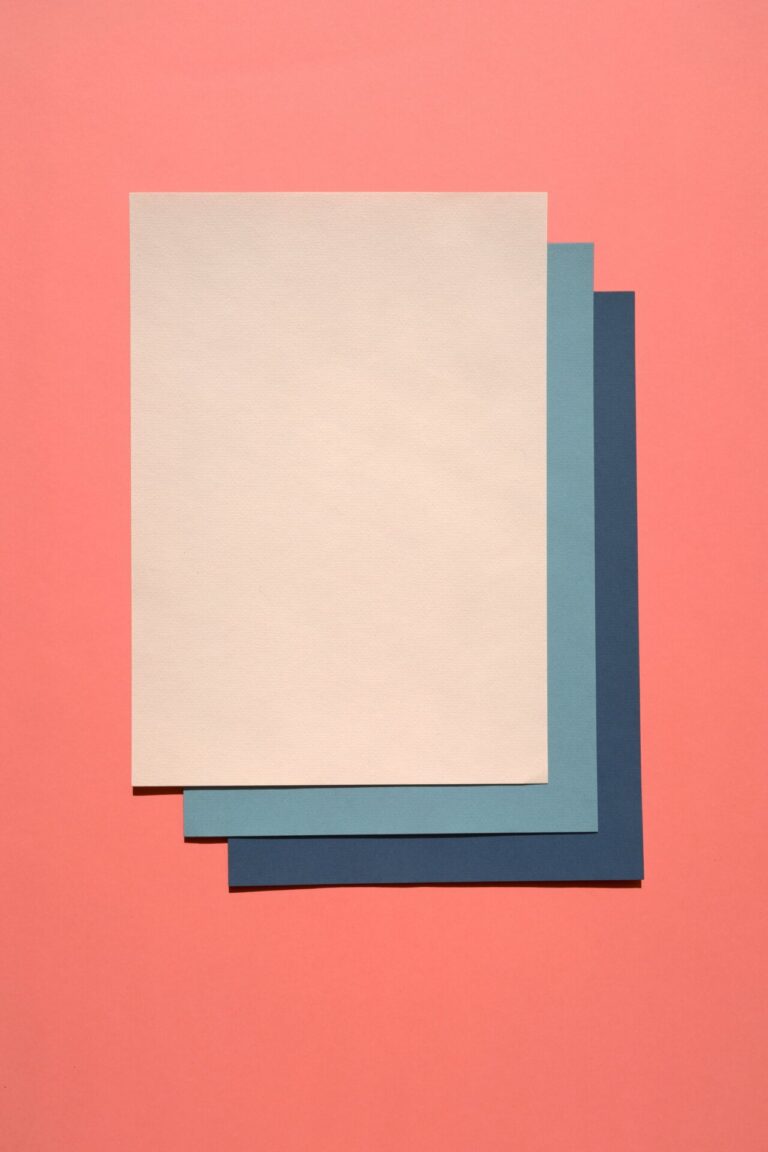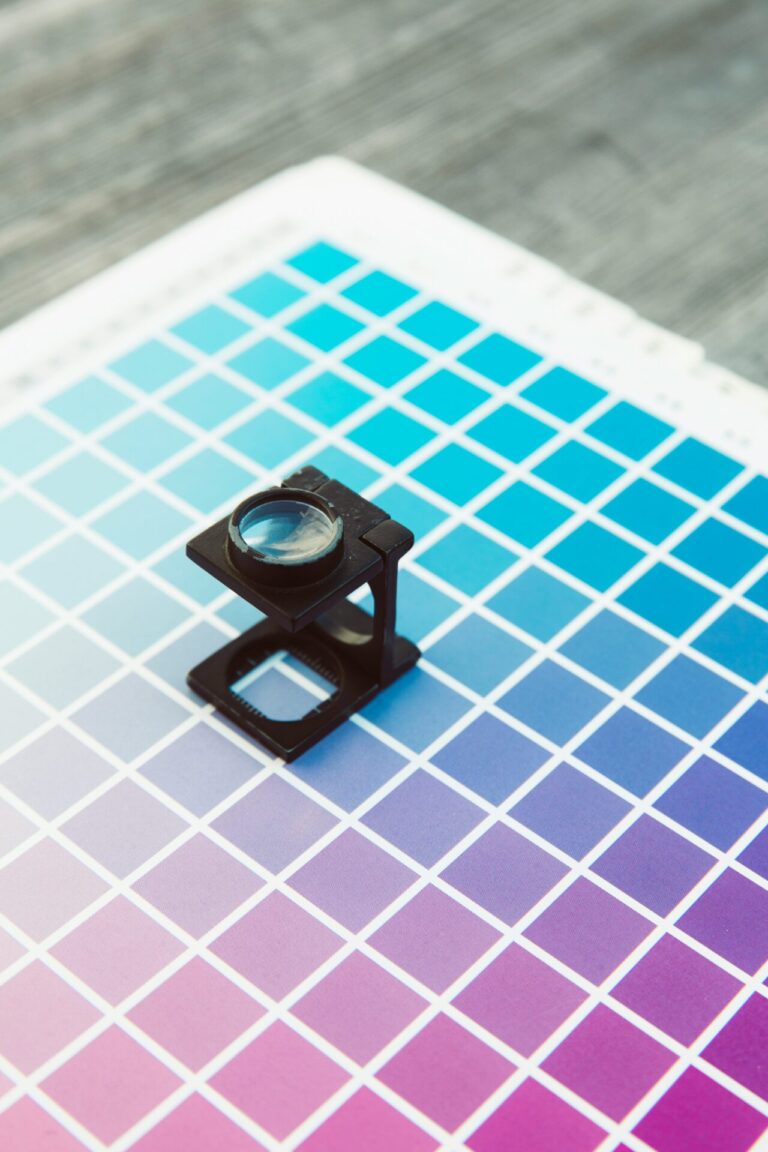Paint specifications
The Importance of Paint Specifications
Paint specifications are a vital component of any construction contract, regardless of the project size. They should never be overlooked, as they set the foundation for ensuring both quality and consistency throughout the project.
Why Are Paint Specifications Necessary?
The main objective of paint specifications is to guarantee the quality and outcome of a painting project. Specifications outline the required materials, techniques, and workmanship necessary to achieve the desired result and establish a minimum standard of quality. Without clear specifications, there are several risks:
- Inconsistent quality: Contractors may substitute inferior products or fail to meet performance standards.
- Improper application: Incorrect methods or techniques may be used.
- Disappointing aesthetics: The final appearance may not match the owner’s expectations.
When properly written, comprehensive paint specifications provide:
- Accurate bidding: Contractors can estimate costs more effectively.
- Reliable paint performance: Ensures durability and functionality.
- Cost-effective material selection: Helps prevent overspending while maintaining quality.
MasterFormat: Standardizing Paint Specifications
In both the U.S. and Canada, construction specifications are organized using an indexing system called MasterFormat. This system consists of 50 divisions that help standardize specifications across industries. For painting projects, Division 09 Finishes covers all the necessary details related to painting.
Open vs. Closed Specifications
Paint specifications are commonly classified as open or closed, each offering varying levels of flexibility and control:
- Open Specifications: These allow for products from multiple manufacturers that meet the specified requirements. This approach offers flexibility for the contractor in choosing suitable products.
- Closed Specifications: These are more restrictive, specifying a single product from a designated manufacturer, ensuring tighter control by the architect or designer.
Three Approaches to Paint Product Specifications
- Performance Specifications (Open)
These specify the performance characteristics a product must achieve, such as “low-VOC interior paint with an eggshell finish to meet LEED V4 certification” or “product that resists scuffs, frequent wetting, or chemical exposure.” Contractors have flexibility in selecting the product, provided it meets the specified performance criteria. - Prescriptive Specifications (Open)
The most common type, prescriptive specifications allow for a range of products and manufacturers that meet certain requirements. MPI-approved products are often used in this category. - Proprietary Specifications (Closed)
Proprietary specifications require the use of a specific manufacturer’s product. The contractor must adhere strictly to these guidelines, ensuring consistency but limiting product choices.
Most architects and designers prefer using prewritten specifications as they are more cost-effective than drafting custom ones. For smaller projects, custom paint recommendations can be provided by your designer or a paint and color specialist.

The Paint Schedule
A paint schedule is a detailed list of all paint finishes and colors required for the project. It should include essential details such as:
- Manufacturer
- Product name
- Finish type
- Color number and name
Color matching is a common practice, but it can sometimes lead to issues. Contractors may choose to color-match a specified product by substituting a custom-mixed paint from another manufacturer, often for cost-saving reasons or personal preference. While this may seem like a viable option, discrepancies can arise later. For example, if a touch-up is required, the new product may not match the original paint on the wall, especially if a different paint was substituted.

The Paint Submittal Process
Paint submittals are crucial for ensuring the correct products are used on the job. This process involves providing a sample of the mixed paint (a drawdown) along with manufacturer documentation.
- Drawdown cards: These are physical samples of the paint applied to cards for visual inspection, ensuring that both the sheen and color meet expectations.
The main purpose of reviewing the paint submittal is to:
- Confirm the exact product being supplied.
- Ensure the product meets the desired color and sheen.
- Verify the technical data sheet for accuracy.
- Ensure that any product substitutions meet the specified requirements.
The paint submittal is the best way to ensure that the owner gets exactly what they paid for.
Understanding Gloss and Sheen
It’s important to note that there are inconsistencies for gloss and sheen levels between manufacturers. To address this, the Master Painters Institute (MPI) has developed a standard method for designating gloss and sheen, using six gloss levels. These standards can typically be found on a product’s data sheet and should be referenced to ensure uniformity across different products.
MPI Gloss Levels
The MPI gloss level standards are generally based on a defined range of gloss units, which are measurable using a gloss meter. These units typically correspond to common, widely recognized finishes:
- Flat: 0-5 Gloss Units
- Low Sheen: 5-15 Gloss Units
- Eggshell: 15-25 Gloss Units
- Satin: 25-35 Gloss Units
- Semi-Gloss: 35-55 Gloss Units
- High Gloss: 55-85 Gloss Units
Pearl sheen, which typically falls somewhere between satin and semi-gloss, doesn’t correspond to a well-defined gloss unit range in the same way other finishes do. Pearl typically has a subtle shine that sits between satin and semi-gloss, and the gloss units may vary by manufacturer or product line.
By following clear paint specifications, including comprehensive schedules, proper submittals, and an understanding of gloss levels, you can help ensure a successful painting project. Whether using open or closed specifications, or prescriptive or proprietary approaches, the goal remains the same: deliver a result that meets both the aesthetic and functional expectations of the project owner.







This is good information to know. We are planning on building a house in the next year or so. Paint specifications are not something I ever would have considered. Reading this article I understand that it is important to hash this out. For us, building a new home, would it be better to have open or closed specs in your opinion? Thanks for your article, it is very informative.
Hi Al. You most likely will have a designer involved. Prescriptive paint specs are most common in this case. Just make sure you have the samples looked over and approved before start the painting process so you won’t have any surprises. New builds are costly; choose quality paint that will last.
This information is so helpful.